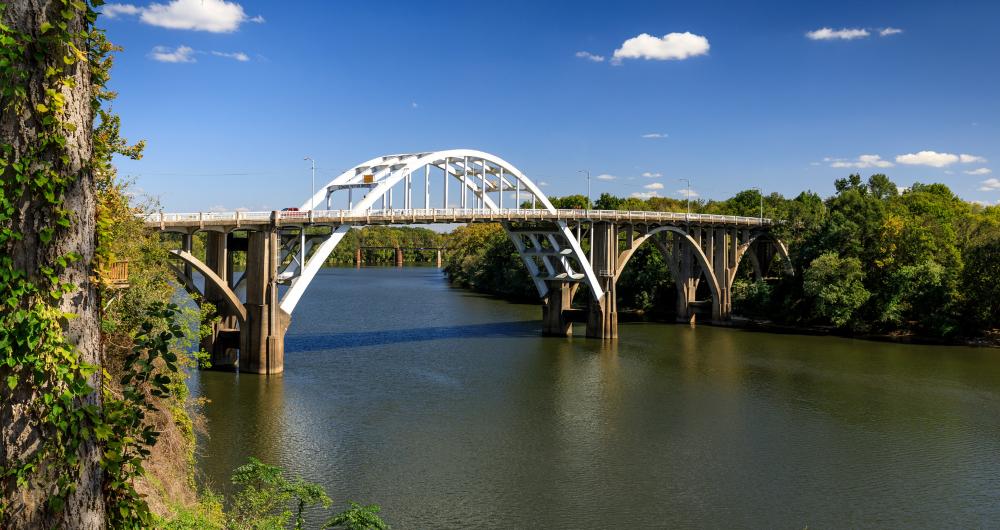1. Walk Across the Historic Edmund Pettus Bridge and Reflect on Civil Rights History

Listed on the U.S. National Register of Historic Places, as well as a U.S. National Historic Landmark, the Edmund Pettus Bridge is an iconic structure in Selma. The bridge was built in 1940, but it wasn’t until 1965 that it became a symbol of change as voting rights marchers were met with violence by local law enforcement - resulting in what is now called ‘Bloody Sunday’’.
Less than a month later over 3,000 people, versus the initial 600, crossed the bridge and marched all the way to the capitol to demand voting rights; by the time they reached there, over 25,000 people had joined their cause.
This march, which initially had a terrible outcome on the Edmund Pettus Bridge, resulted in President Lyndon Johnson signing the Voting Rights Act of 1965.
2. Trace the Path of Change Along the Selma to Montgomery National Historic Trail
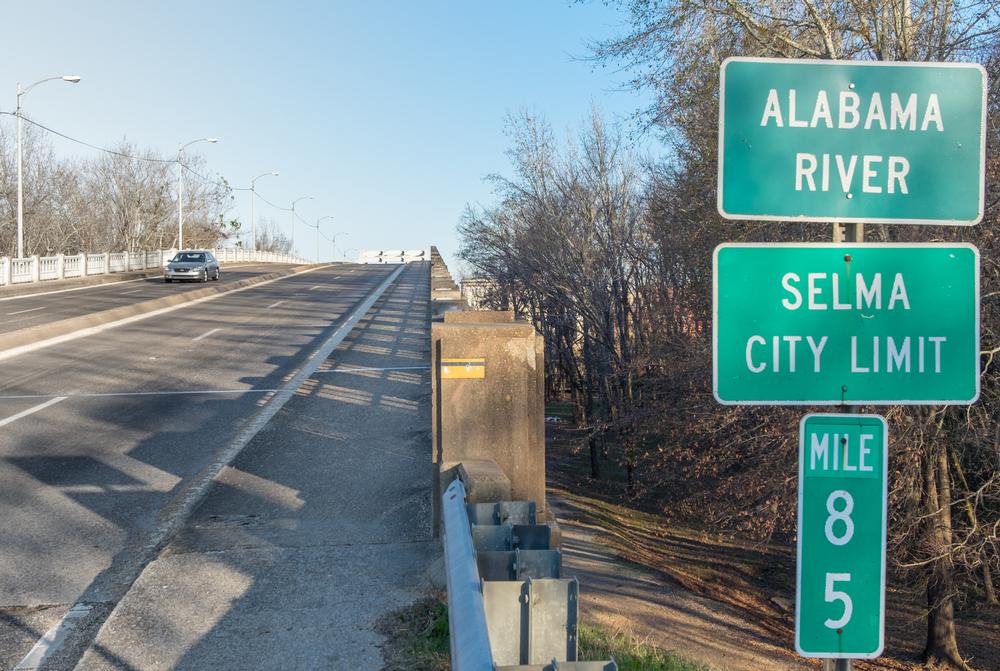
Selma to Montgomery is a national historic trail in Alabama which traces the march of non-violent supporters of equal voting rights led by Dr. Martin Luther King Jr.
The 54-mile trail starts in Selma and takes you through a journey which changed America’s history forever. The interpretive centers along the way will tell you the stories behind the people and events which made the march a success.
To make your journey easier, the trail is marked by distinctive signs and some of the sites that you’ll see along the way include the Alabama State Capitol and the Brown Chapel AME Church.
Activities and Attractions for Couples:
3. Explore Alabama's First Capital at Old Cahawba Archaeological Park
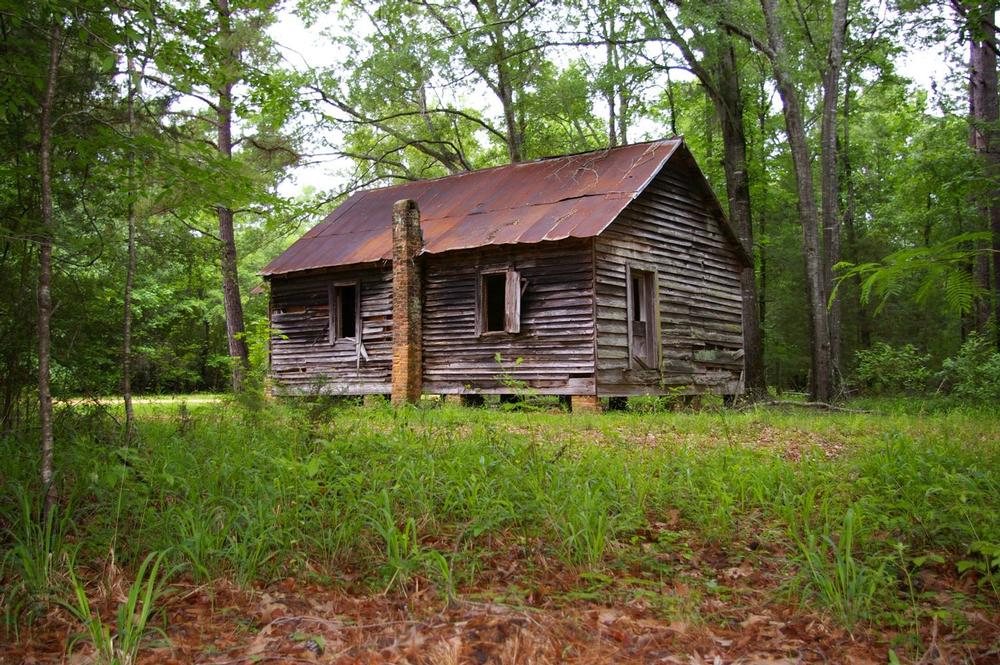
Once a thriving antebellum river town, Cahawba served as Alabama’s state capital from 1819 to 1826. The Old Cahawba Archaeological Park is an attempt to uncover much of what nature has covered so that visitors can get a glimpse of the area’s historic past.
The interpretive park has been worked on by archaeologists and historians over the years to create a true-to-life exhibit of what it was once like to live there. Start your visit at the Visitor Center to get an idea of what is there to see and the best routes to hike through while uncovering the park’s past.
In addition to the many structures and moss-covered ruins, you’ll also be able to roam abandoned streets and take in the stunning flora of Cahawba.
9518 Cahaba Rd, Orrville, AL 36767, Phone: 334-872-8058
4. Honor the Struggle for Justice at the National Voting Rights Museum and Institute
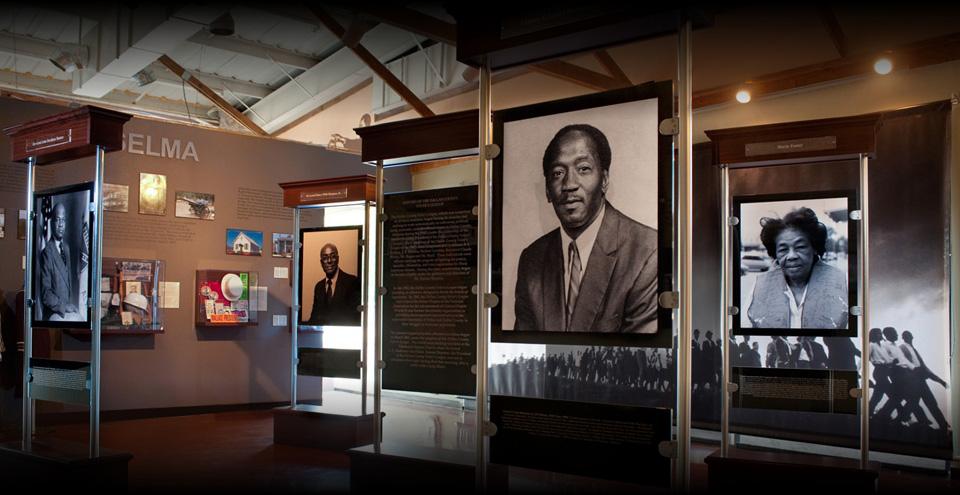
The city of Selma played an integral role in advocating for voting rights and human dignity, and the National Voting Rights Museum and Institute is a place to understand, in detail, all of the events and people behind the course-altering acts. You can find the museum right in the heart of the Historic District of Selma, beside the famed Edmund Pettus Bridge. There are so many exhibits dedicated to various aspects beyond the Selma-Montgomery March such as women’s suffrage, churches, Reverend Jesse Jackson, Dr. Martin Luther King Jr., and the movement in other cities across the nation. The museum is a must-visit when in Selma and is sure to captivate the hearts of visitors of all ages.
6 US-80 BUS, Selma, AL 36701, Phone: 334-526-4340
More ideas: Things to Do in Orange Beach
5. Step Into Southern Elegance at the Sturdivant Hall Museum
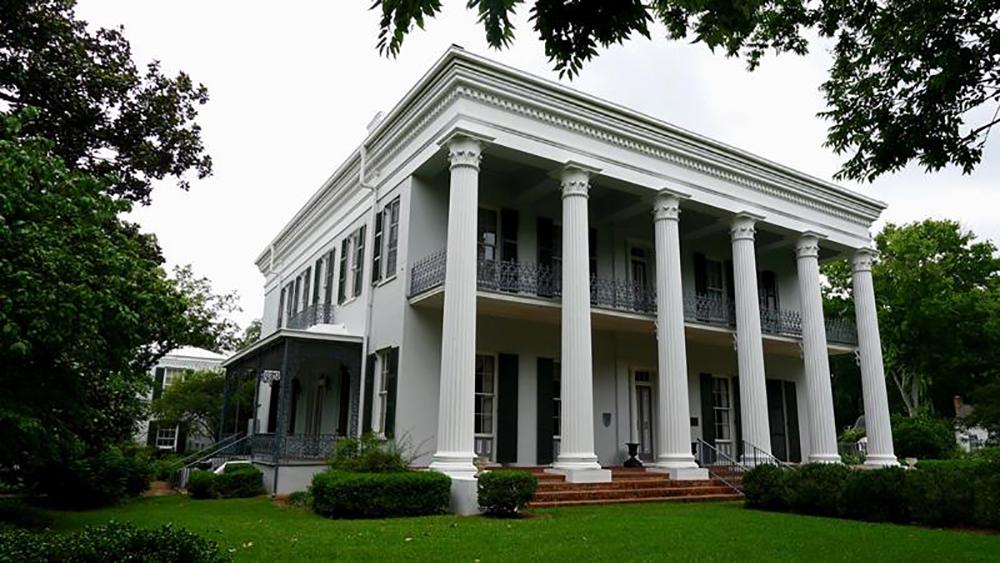
Listed on the National Register of Historic Places, Sturdivant Hall Museum is the epitome of the South’s Golden Age. The Greek revival neo-classic antebellum mansion is one of the finest architectural pieces of its kind in the entire South. As you enter the magnificent structure, you’ll see six looming Corinthian columns, and upon further exploration you’ll come across the elegant imported Italian marble and various other aspects and fixtures that will take your breath away. A visit to the museum is an architecture aficionado's dream come true as you get a glimpse of how the Watts family lived with the mansion’s elaborate moldings, heart pine floors, high ceilings, and detailed marble fireplaces. A lot of the decor are originals from the house, as well as those that have been added by historians as time-appropriate pieces.
713 Mabry St, Selma, AL 36701
Plan Your Trip


